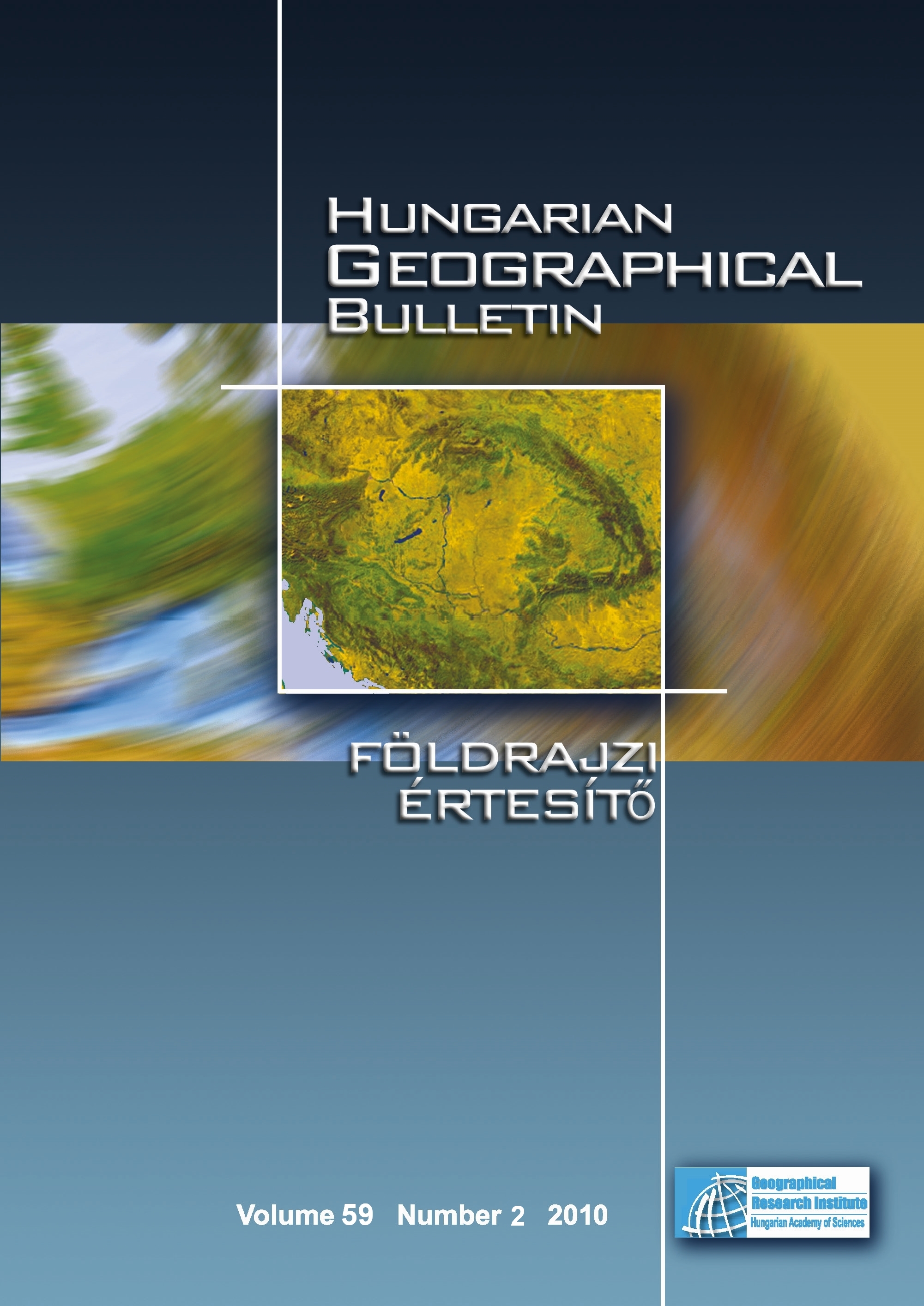A quantitative procedure for building physiographic units supporting a global SOTER database
Abstract
Until recently, manual methods were used for delineating SOILSCAPE. The use of digital data sources, such as digital elevation models (DEM) and satellite data can speed up the completion of digital soil databases and improve the overall quality, consistency, and reliability of the database. Our approach uses DEMs for SOILSCAPE delineation based on the terrain classification system of ”traditional manual” and Edwin Hammond's landform classification methods, published in 1954.
In this study, the goal was to use quantitative methods to derive terrain classes that match the criteria of the “Georeferenced Soil Database for Europe” Manual of procedure and to create a DEM-derived polygon (soilscape) system for Europe. Four terrain attributes were used to defi ne the SOILSCAPE: hypsometry (~elevation and relief intensity), slope percentage (SP), relief intensity (RI), and dissection (PDD). The SRTM30 (Shuttle Radar Topographic Mission) database was used as a base DEM and for the derivation of the SP, RI, and PDD layers.
We concluded that no major modifi cation is required for the procedures to incorporate information that is derived quantitatively from digital data sources. The resulting database will have all the advantages of quantitatively derived databases, including consistency, homogeneity, and reduced data generalization and edge-matching problems
Copyright (c) 2010 Endre Dobos, Joël Daroussin, Luca Montanarella

This work is licensed under a Creative Commons Attribution-NonCommercial-NoDerivatives 4.0 International License.






